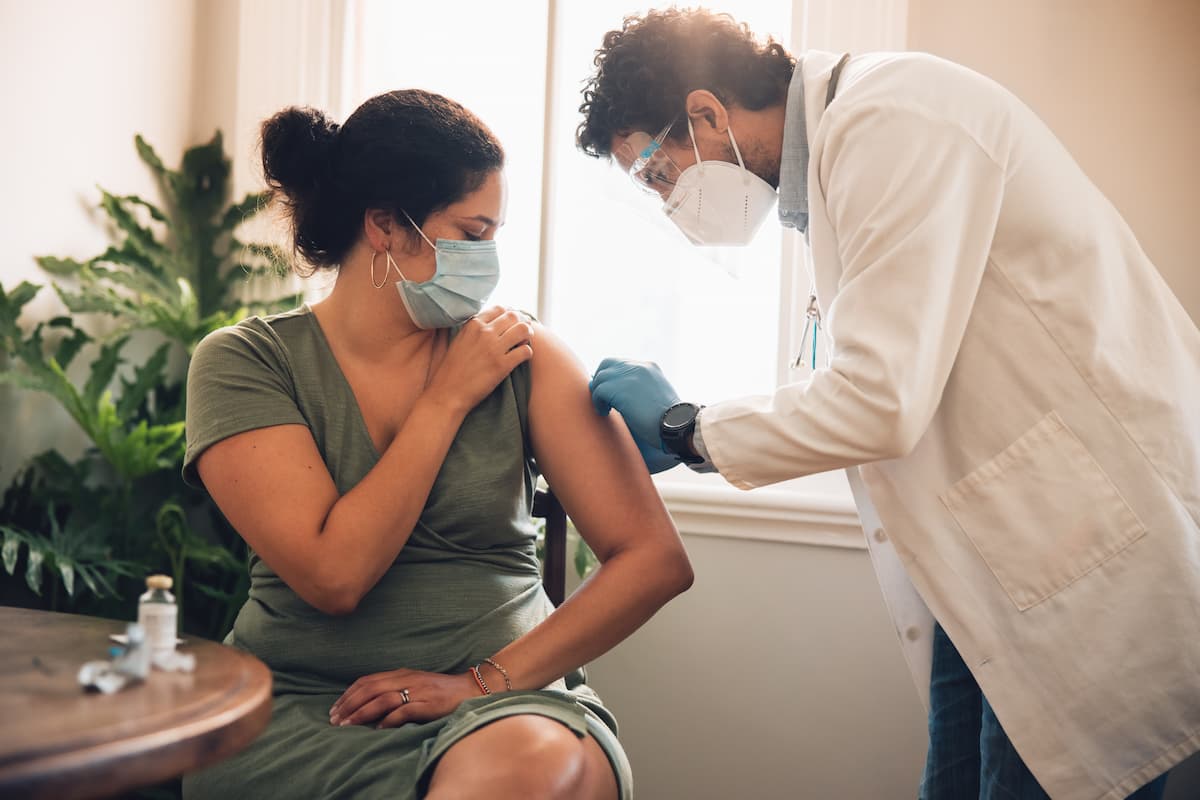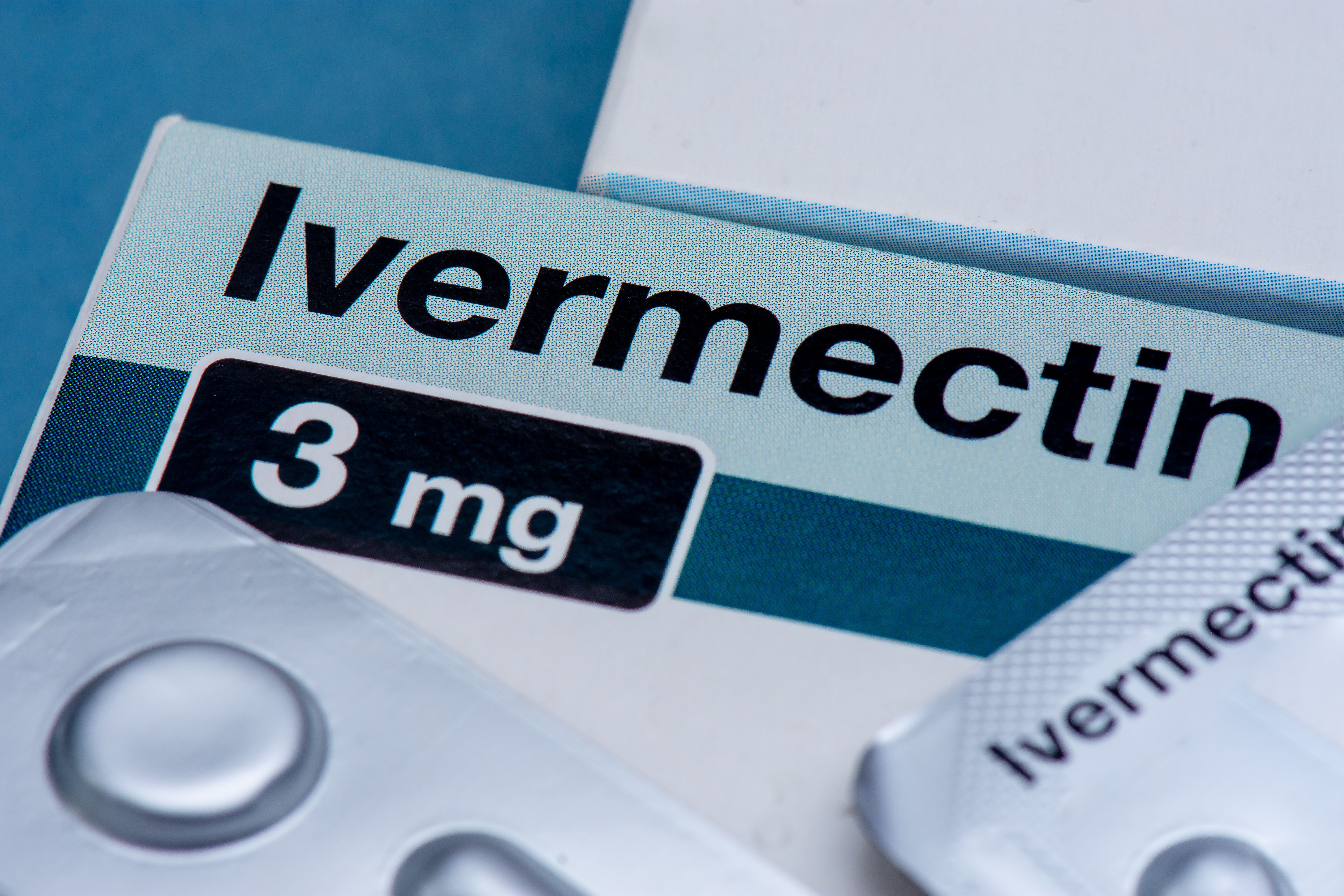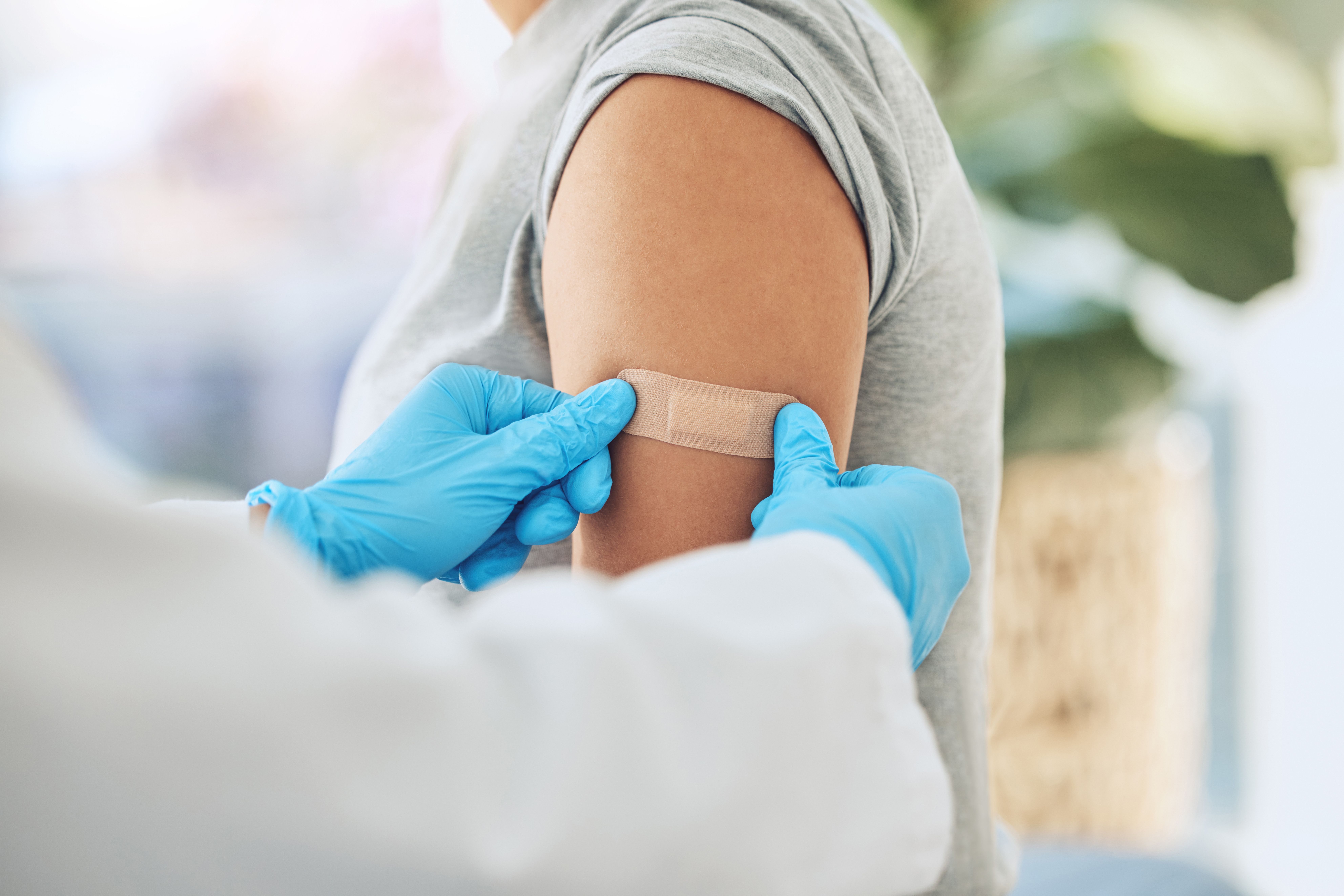Article
AAP Reaffirms Epinephrine as First-Line Anaphylaxis Treatment, Recommends Emergency Action Plan
Author(s):
The American Academy of Pediatrics (AAP) confirms epinephrine as a first-line medication for first-aid treatment of anaphylaxis and offers up-to-date information on effective epinephrine use and emergency response plans in 2 reports published in Pediatrics.
The American Academy of Pediatrics (AAP) has officially confirmed epinephrine as a first-line medication for first-aid treatment of anaphylaxis and offers up-to-date information on effective epinephrine use and emergency response plans in 2 reports published in Pediatrics.
The reports reaffirm that although other medications, such as H1-antihistamines and bronchodilators, provide adjunctive treatments, they should not replace epinephrine as the treatment of choice. Officials outlined the recommended preparation of allergy action plans and how the medication can be used most effectively.
The guidance authors note that epinephrine administered in a health care setting should be dosed at 0.01 mg/kg in prepubescent children and up to 0.5 mg in teenagers. However, the authors note that epinephrine autoinjectors (EAs) are preferred for use outside of health care settings because of their dosing accuracy and ease of use.
The reports state that although there are only 2 EA dosage strengths available (0.15 and 0.3 mg), the lower dosage may still be too high for many infants who weigh 16.5 pounds or less. However, alternative options may mean a delayed or inaccurate dose. The 0.3-mg dose is recommended for individuals who weigh at least 55 pounds.
The AAP also urges the implementation and preparation of written allergy action plans to help patients, families, schools, and communities ensure a quick response to life-threatening allergic reactions. These plans should be updated regularly to reflect changes in medication doses, allergic triggers, or comorbid conditions. The plan should include the date it was written, along with the child’s weight, correct medication dose, and whether the child is allowed to carry emergency medications and self-administer them. The AAP recommends an oral antihistamine treatment at first if symptoms are mild, followed by epinephrine treatment if the symptoms worsen or if more than one organ system is involved.
Additionally, the reports highlight the importance of education about epinephrine use and management of anaphylaxis for children and supervising adults. The authors conclude that a comprehensive approach can significantly improve outcomes in the event of a life-threatening allergic reaction.
References
Sicherer SH, Estelle SR. Epinephrine for first-aid management of anaphylaxis. Pediatrics. Feb 2017, e20164006; doi: 10.1542/peds.2016-4006.
Wang J, Sicherer SH. Guidance on Completing a written allergy and anaphylaxis emergency plan. Pediatrics. Feb 2017, e20164005; doi: 10.1542/peds.2016-4005.
Newsletter
Stay informed on drug updates, treatment guidelines, and pharmacy practice trends—subscribe to Pharmacy Times for weekly clinical insights.

FDA Grants Full Approval to mRNA-1273 COVID-19 Vaccine in Children At Increased Risk




